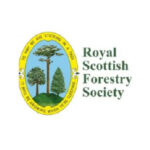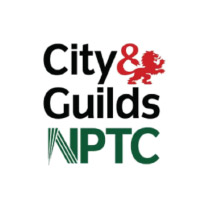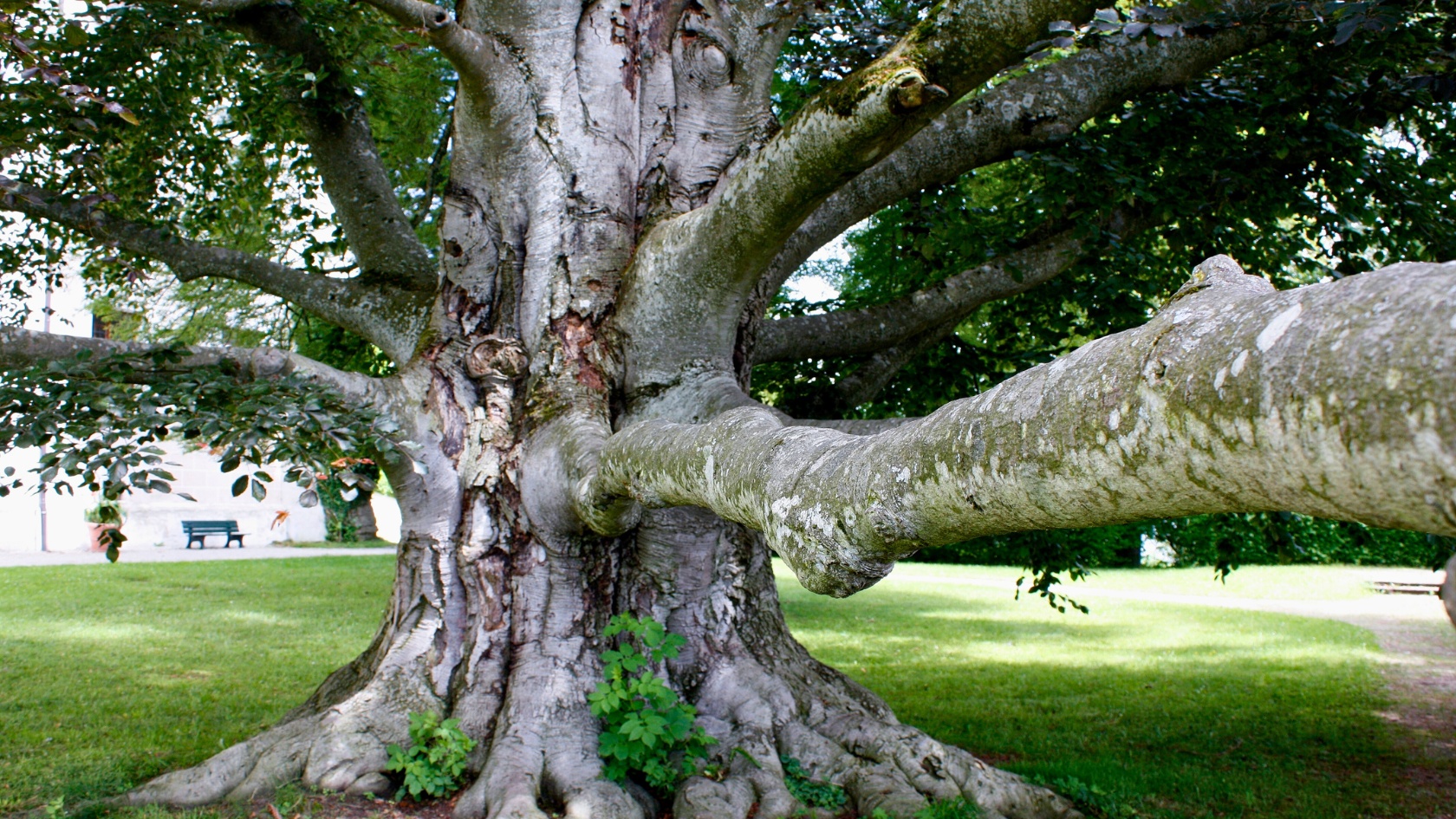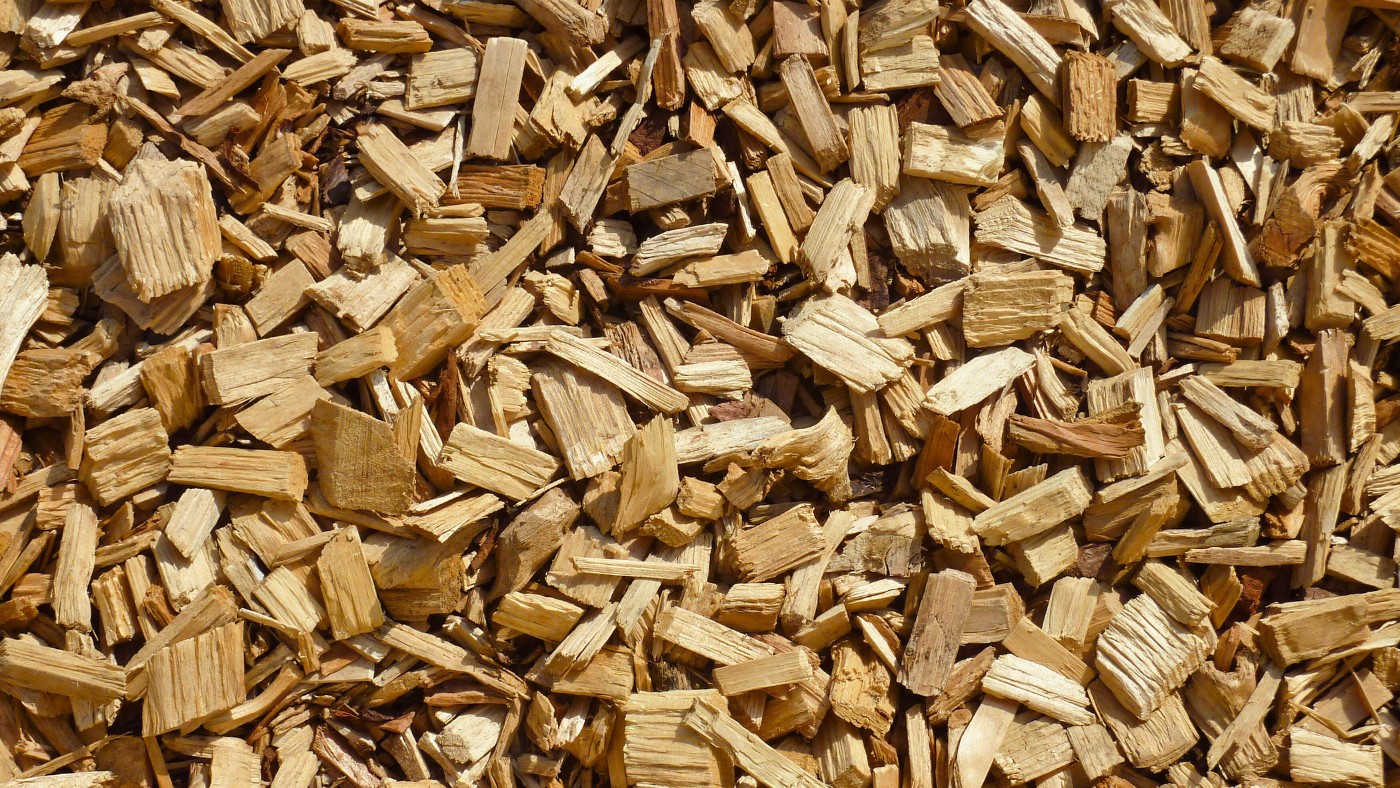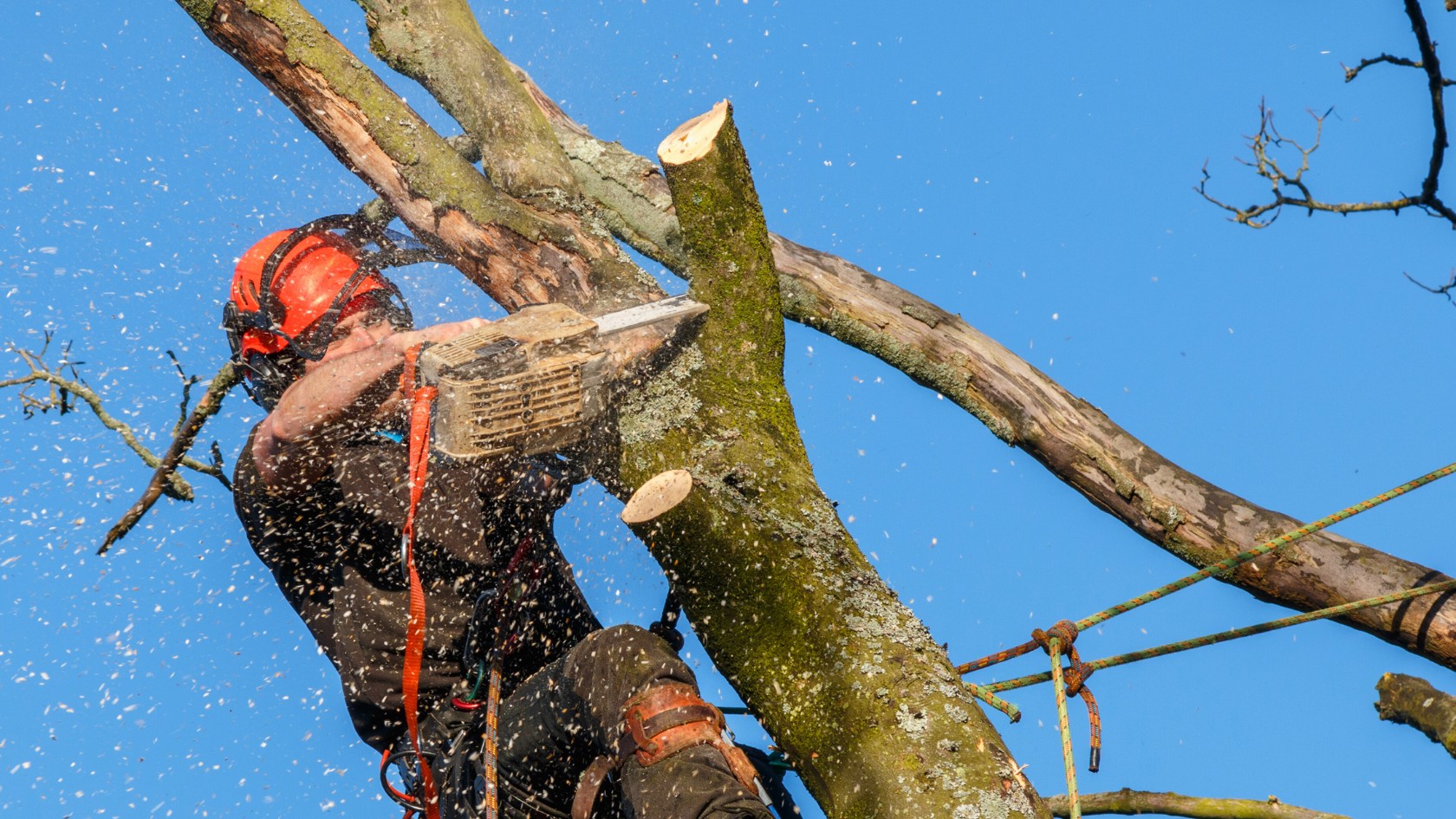How To Tell If a Tree is Dying
July 29, 2024
Most trees live longer than people so it’s not common to see a dead or dying tree. As a result, most people don’t know the signs that indicate a tree is dying. But it’s important that they do because each year falling trees kill more people than sharks. Branches falling from dying trees is also a major cause of roof damage on homes. In order to shine some light on the issue we’ve compiled the following list that answers the question: How to tell if a tree is dying?
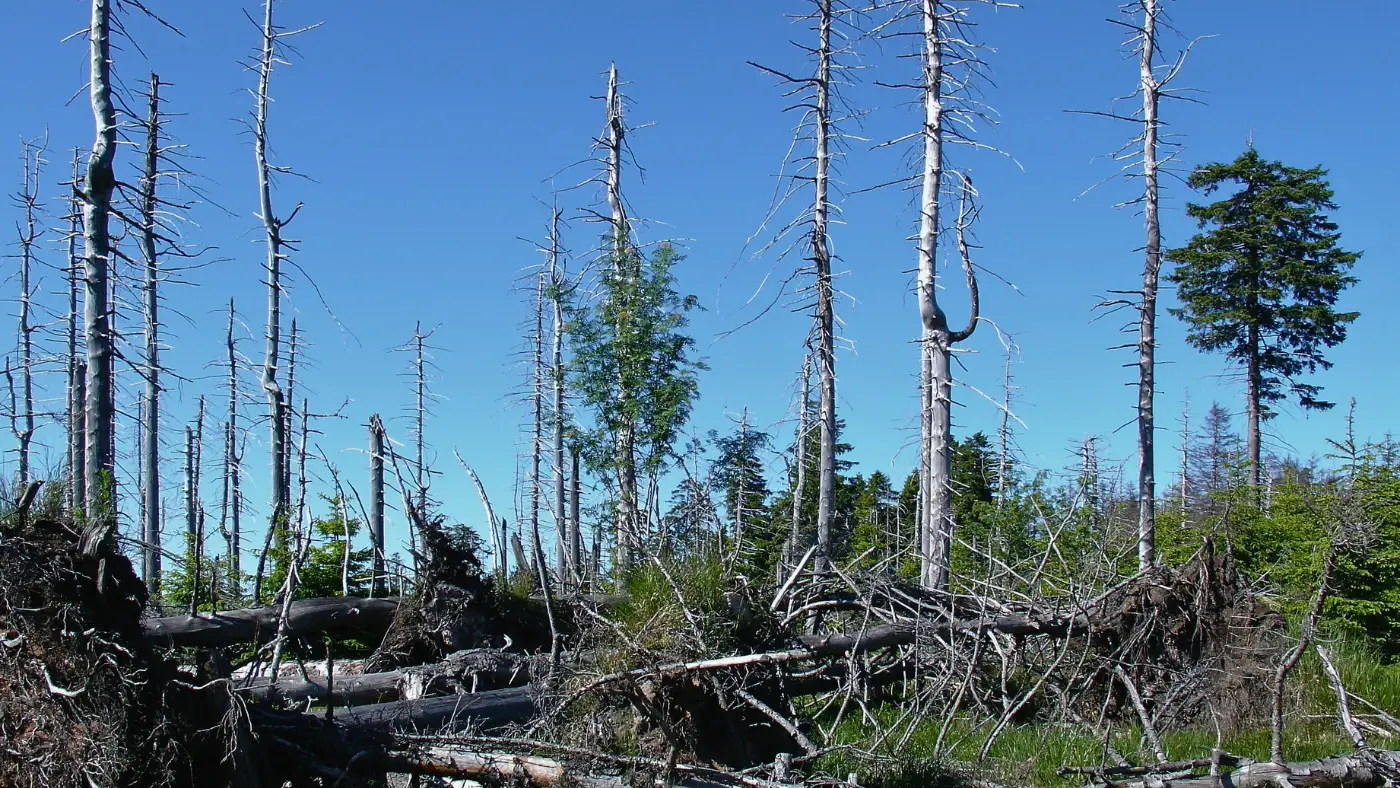
How to Tell a Tree is Dying: The Signs
Unless they’re hit by a massive lightning strike trees don’t just die overnight. It’s typically a process that unfolds over months or even years. Here are some of the most reliable signs that indicate a tree is on its way out.
It’s losing its bark
Bark is the skin of the tree. And like human skin, it requires nutrients to stay healthy. When a tree is sick that nutrient stream can get cut off causing the bark to start dying and peeling away. If the loss of the nutrient stream is due to an infectious condition the tree will need to be removed quickly before the infection spreads to surrounding trees.
Broken branches and twigs on the ground around the tree
The branches and twigs of a healthy tree are flexible. The branches and twigs of a dying tree are dry and brittle. If you notice a growing number of broken branches and twigs on the ground around the tree it’s a pretty good sign the tree is dying. You should call Epic Tree Care and have one of our tree surgeons do an assessment of the tree.
The tree has started to lean
Some trees grow at unusual angles. Most, however, grow more or less straight and true until they get so old they can no longer support their own weight. Then they start to sag or lean. It usually happens slowly, and you may be able to prop it up for a while. But by the time it starts leaning its days are likely numbered.
No leaves
If springtime rolls around and a tree sprouts fewer leaves than normal it’s not a good sign. If the loss of leaves is confined to one side of the tree it might indicate root damage, or that pests have invaded that side of the tree. No leaves or dead leaves is a sign that something is impeding the flow of nutrients to the branches and that is almost always irreversible.
No signs of life under the bark
If you make a deep scratch in healthy bark you will reach a point where you see green. If you scratch or remove some bark and there is no green under it that means no nutrients are flowing through the tree which usually indicates it’s dying. Have an arborist from Epic Tree Care perform an assessment before you have the tree removed.
Signs of rot
Tree rot usually begins inside the trunk out of sight. So it may go on for quite a while before you become aware of it and by that time it’s probably too late to save the tree. Likewise, if you see fungal bodies attached to the tree it typically means that area of the trunk has died and started to rot. You should have a tree surgeon from Epic Tree Care do a tree assessment to determine if the tree can be saved.
Termites, beetles or other pests
If you want to know how to tell if a tree is dying, looking for the presence of termites, beetles and other pests is a good place to start. If you catch an infestation early enough you may be able to save the tree. But if there is too much internal damage you’ll likely have to have the tree removed before it topples over and causes injury or property loss.
Get in Touch with Epic Tree Care
You now have some idea how to tell if a tree is dying. Remember, in some cases, it may be possible to save a tree that is showing some of the above signs, but you’ll have to act quickly, and we’re always here to help. Give us a call on 01542 647607.
Telephone Number
Location
Craigenseat Farm, Crossroads, Keith, AB55 6LQ, United Kingdom
More from Epic Tree Care
Check our library of articles regularly, as we’re constantly growing our knowledgebase.

